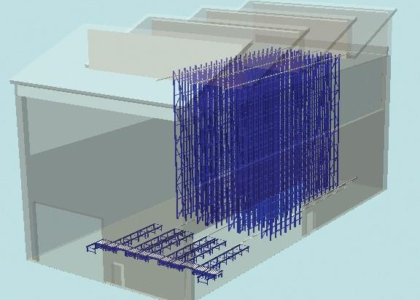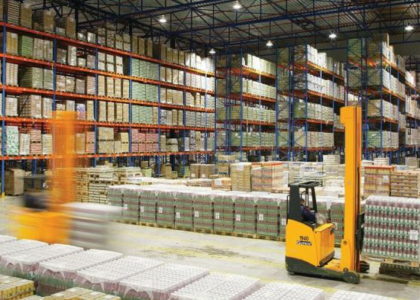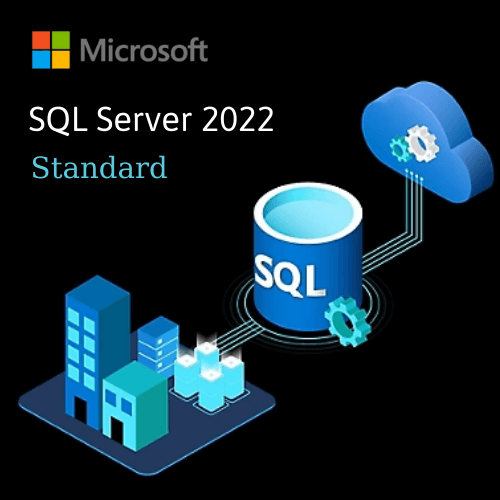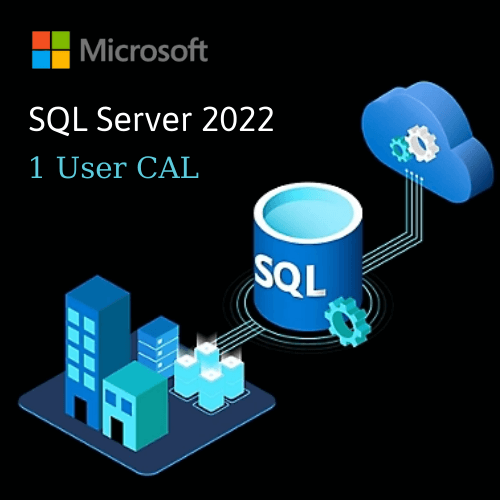Summary
Tecnomatix® software provides Plant Simulation for Warehousing and Logistics, which allows you to rapidly create realistic simulation models of dynamic warehousing and logistics operations. Plant Simulation enables you to evaluate the characteristics and performance of design alternatives long before they are implemented in real-life processes, thereby enabling you to make better design decisions and minimize design rework.
– Optimal utilization of resources, including personnel, docks, storage and other factors
– Extensive what-if analysis and evaluation of scenarios
– Optimal return on investments in equipment and WMS implementation
– Unmatched accuracy and realism of results
– Set of predefined control rules
– Visualization and animation of operations and their performance
– Powerful tool to communicate design alternatives and their performance
– Object-oriented hierarchical models of warehouses, encompassing business, logistics and production processes
– Graphs and charts for analysis of throughput, resources and bottlenecks
– Comprehensive analysis tools, including automatic bottleneck analyzer, Sankey diagrams and Gantt charts
– 3D online visualization and animation
– Integrated neural networks and experiment handling
– Automated optimization of system parameters
– Open system architecture supporting multiple interfaces and integration capabilities (ActiveX, C, CAD, MS Excel, Oracle SQL, OPC)
Ready for today and tomorrow’s questions
Traditionally, companies had to make “best guesses” about their warehousing and logistics operations. Now, Plant Simulation leverages material flow simulation to enable you to make “fact-based” decisions about:
● Capacity requirements for personnel, storage and handling equipment
● Site and warehouse layout, including position, length, number and width of aisles and other considerations
● Storage, including ABC storage, zone storage, dedicated storage, random storage and cross-docking
● Order-picking, including batching, optimized routing, sorting and consolidation algorithms
● Effects of automation, including robots, AGVs, AS/RS and carrousels
● Planning and control, including consideration of schedules, order release and other factors
● Inventory management, including ordering policies, cycle counting and other considerations
● Value-added logistics
Speeding up design and implementation
Plant Simulation offers functionality to address all areas that influence the performance of a warehouse. It provides basic capabilities, such as the ability to represent storage racks, layout and lift trucks. It also provides features for facilitating order-picking and value-added logistics.

Plant Simulation objects whose behavior is capable of reflecting real-world dynamics, such as varying order volumes, downtimes of resources and varying picking times. The simulation’s unmatched realism sharply differs from solutions that rely on common spreadsheet-based calculations.
You can easily extend Plant Simulation with custom objects or control strategies. Data interfaces to most common applications support the analysis and re-use of existing data, such as data from an existing warehouse management systems (WMS). Plant Simulation comes with a clever toolset that enables you to run and optimize various operational scenarios and different warehouse designs. Performance metrics are displayed in a transparent manner in standard and customizable reports/ dashboards. Operations are visualized through the use of aesthetically appealing 2D and 3D animations.
Application areas
Conceptual warehouse design. Conceptual design simulations should be easy to use and facilitate effective communications. During this design phase, many options remain open including site and warehouse layout, delivery schedules and operating hours. Unfortunately, historical data often is not available, let alone detailed equipment specifications. However, the extensive capabilities of Plant Simulation support conceptual simulations that facilitate quick warehouse design, process flow animation and the visualization of key performance indicators.
Detailed warehouse design. Accuracy and extensive what-if analyses are most important for detailed warehouse design. Conceptual warehouse designs need to be detailed further with more specific data about equipment and goods flows. Plant Simulation provides a range of fully configurable equipment types and control policies to support accurate simulations. The solution’s automated experimenting capability enables you to analyze and optimize a wide range of scenarios, including completely different layouts.

Optimizing existing operations. Benchmarking a warehouse’s operation against a simulation model is an objective way to optimize warehouse performance. Simulation models also can be used for operational planning. Re-use of data and flexibility are the keys to efficient benchmarking. You can easily feed various kinds of data into Plant Simulation, including past orders, inbound and outbound flows, equipment breakdowns and other kinds of information, without regard to their source. Simulations provide accurate benchmarks with clear visualization of the operation and key performance indicators.
Redesigning operations. At various intervals, every warehouse operation requires a redesign.
For example, redesign usually becomes necessary when new customers have to be served or technological innovations arise. Simulation is extremely valuable in these instances. Accurate data is readily available for the existing operations. Plant Simulation is the perfect tool to address even the most challenging redesign efforts. You can quickly and accurately build simulation models, as well as communicate alternative designs and results in clear reports and 3D animations.
For more information, please contact:
Vietbay CAD/CAM/CAE/PLM Team
Phone/Zalo/Whatsapp: 091 929 5520
Email: [email protected]
Website: www.vietbay.com.vn * www.cadcamcae.vn * www.vietbay.edu.vn









